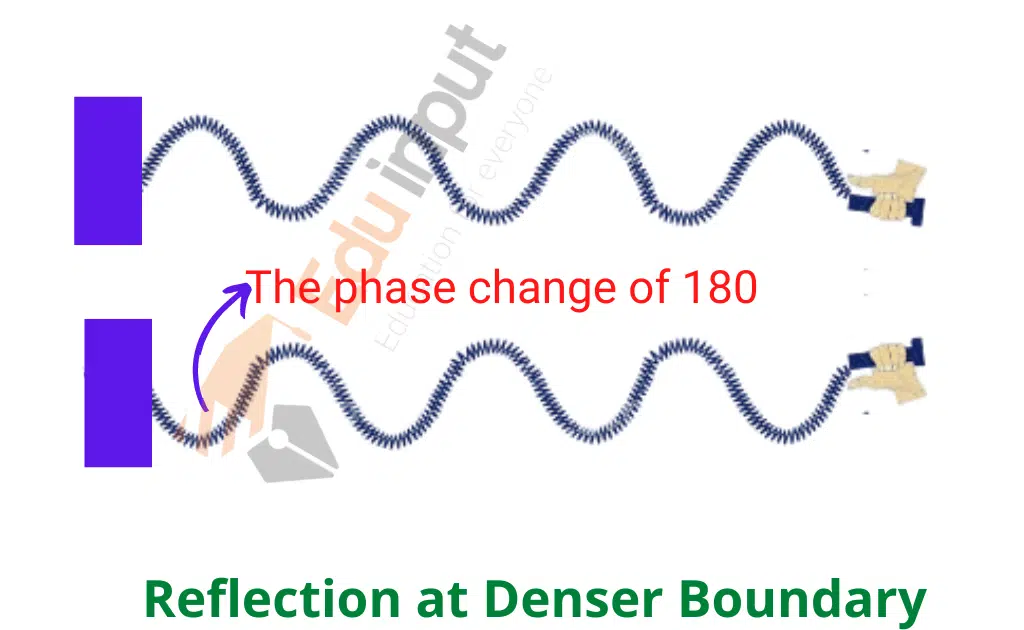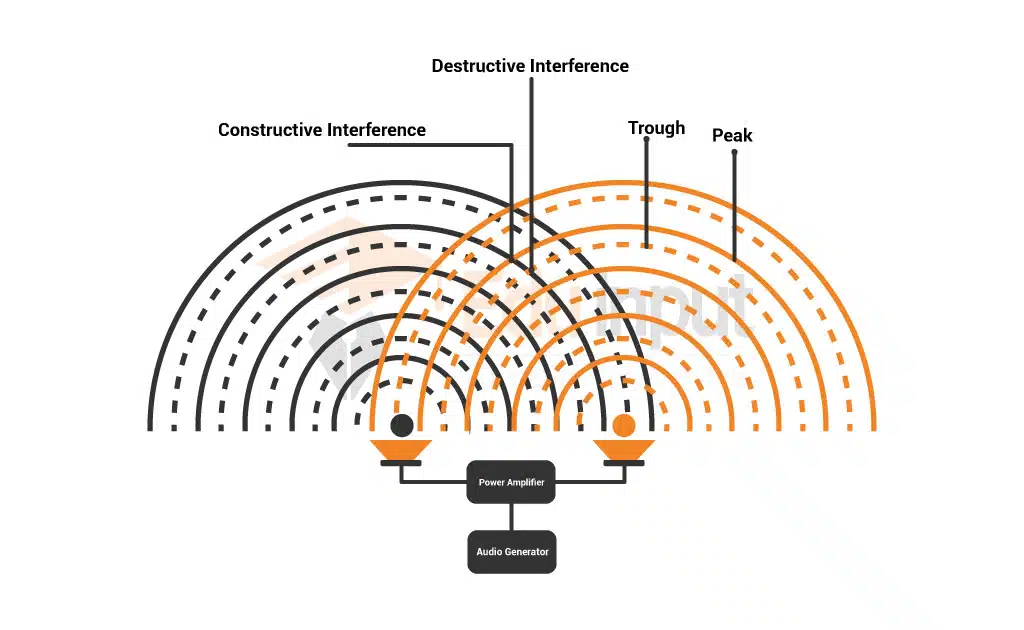How does Longitudinal Wave Propagate?
Longitudinal waves propagate by compressing and rarefying the medium. This means the particles in the medium vibrate parallel to the direction the wave travels, and create regions of high pressure (compressions) and low pressure (rarefactions) that move through the medium.
One common example of a longitudinal wave is a sound wave. When you speak, the sound waves you produce move through the air as a longitudinal wave.

As the sound wave travels through the air, it causes the air particles to vibrate back and forth along the same axis as the wave is moving. This vibration creates a series of compressions and rarefactions in the air, which your ear picks up as sound.
Another example of a longitudinal wave is a seismic wave, which is a type of wave that travels through the Earth’s crust during an earthquake.
Seismic waves are generated by the sudden release of energy in the Earth’s crust, which causes the ground to vibrate back and forth. These vibrations create longitudinal waves that travel through the Earth, causing the particles in the ground to compress and expand as the wave passes through.






Leave a Reply